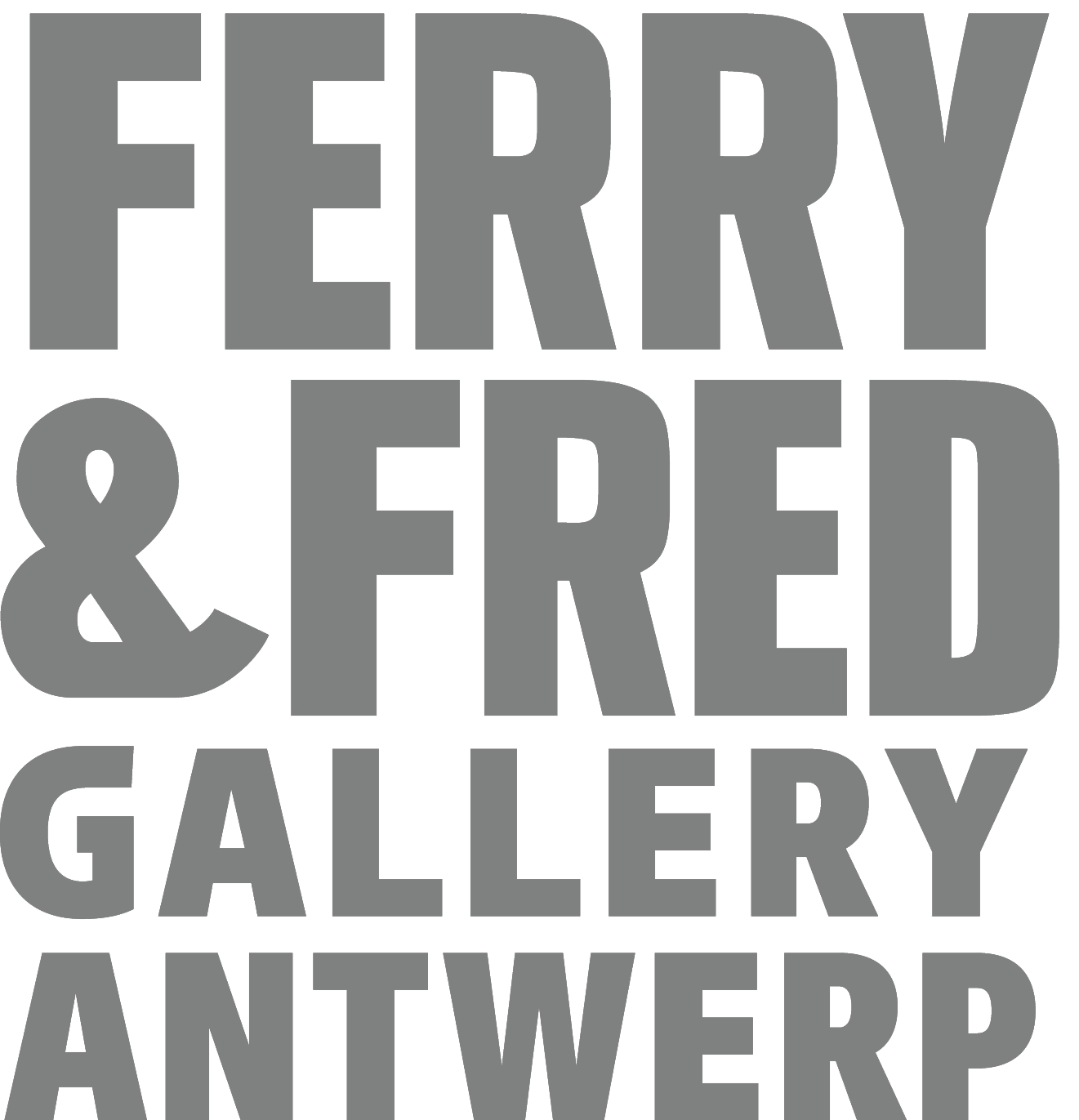Don’t think, concentrate
You might be inclined to say that Arjan Janssen – who was born in Eindhoven in 1965 and lives and works in Breda (in the Netherlands) – creates in his drawings and paintings, his own probable universe. That is probably true for all artists, but in his case the focus on his visual world is actually a quality in itself. After all, his work is both abstract and serene and seems to free itself from the so-called reality around it. In each of his works, he creates his individual aestheticism by using a unique structure of stripes and lines, massive or dynamic compositions.
And yet a number of demarcations are firmly embedded in the composition of his visual art. He uses brushstrokes and chalk to create vertical and horizontal lines as well as patterns which repeat themselves at intervals as aligned grids, columns or flexible forms. These are self-imposed boundaries and rules that form an internal framework, constructions that can be free-flowing and can go in any random direction, yet by definition do not contain, by any stretch of the imagination, an identifiable reference to anything whatsoever.
Shortly after graduating from Sint Joost in Breda (1985-1990), Arjan Janssen abandoned the path of figurative art early in his career. In his work, solid imagery is time and again recaptured in an abstract, geometrical or minimalist way as a permanent theme, as a succession of shades of black and white and more recently with shades of colour which are being intuitively and faithfully explored in his visual search for the essentials.
The result of this artistic approach is evident in two-dimensional forms in space which can in no way be said to resemble existing reality. They may well arise from an instant perception or from a direct observation, (as titles such as Stare, Absolutely Everything, Zeigt, Time is Money or Vision may indicate), but they are clearly the result of a constant search for a free artistic language that is pure and expressive. The formal solutions of his paintings and drawings have resulted in a departure from reality, whereby the limitations of format are embraced and used as a means to create a new world, whose building elements seem to reveal a multitude of possibilities.
And yet, despite these intimations of obscurity, his oeuvre is not disconnected from reality, it ‘moves’ metaphorically in exhibitions on ever-changing walls, in books, in publications and in conversations with and between people, such as his close family, and in initiatives such as Rosa Breda (1991-2016) and Abstracte (since 2015). Moreover, Arjan Janssen is very much involved in what is happening today in the international field of the arts and at the same time is engaged in a different professional career, as a social youth worker. He studied philosophy at the University of Amsterdam (1987-1988) and socio-educational work in Eindhoven (2011-2012). He generously writes down his thoughts and shares his observations and discoveries of visual works by other artists from the past and present.
Ultimately, the works of Arjan Janssen function on different visual levels. They function in each specific space, offering a reflection on architecture. They function both as a rectangular surface, with an endless variety of compositions and as a superficial structure, where the damaged, tormented, mat or shiny material leads us close to the artist’s hand. And yet his works are not the representation of a particular rhythm, but the exact rhythm itself. The most important motif can be found in the subtle difference between being and becoming, between the eternal and the temporary.
It gives us, as viewers, visitors or admirers, a chance to concentrate. An appeal to attention for what already exists and what will become.
Els Wuyts
april 2020

